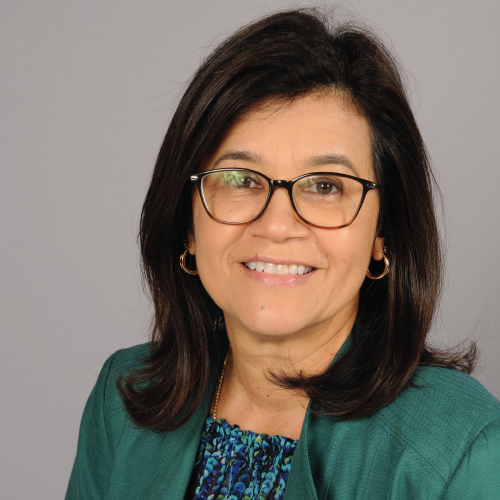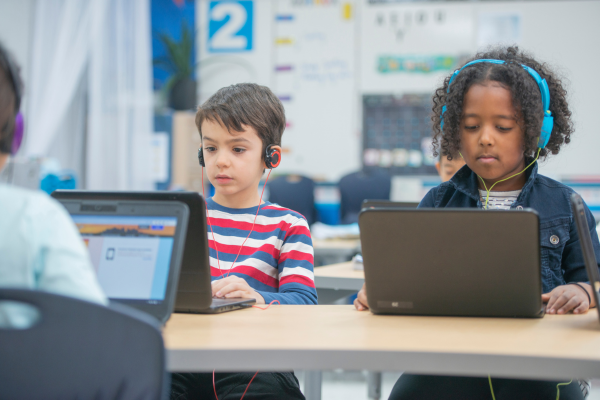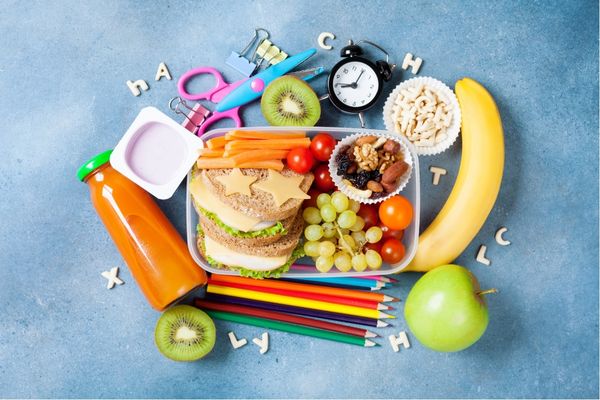Guest Post: Making the Most of Your Summer Fun(ds)— Summer’s Almost Over: What Next?
August 24, 2023
This is a guest post from AASA 2023-24 president, Gladys Cruz.
As your summer program winds down and wraps up, take a moment to congratulate yourself and your team on sparking magic for your students and teachers, keeping hungry minds and tummies full, and supporting parents and caregivers to work and attend school themselves. Your summer learning program has undoubtedly made a difference.
After taking a deep breath, now is the perfect time to use the knowledge you have gained this summer to improve teaching and learning: for both the 2023-2024 school year and next summer. Reflections from your summer program offer a range of insights that can inform and enhance strategies for the next school year, while laying the groundwork for continuous improvement priorities for next summer.
Here are two things to consider:
- Educators often use summer learning to pilot and explore innovative instructional strategies. This provides teachers with opportunities to engage with new approaches and allows curriculum development teams to evaluate the potential benefits of shifts in instructional practice. Teachers can also learn more about their students, both academically and more broadly, from information that surfaces during the summer program.
- For students, the positive energy and fun activities in summer create opportunities to strengthen relationships with teachers and peers that can carry over into the school year and provide a “springboard” to deeper engagement and academic growth.
Using and building knowledge is one of the key AASA guiding principles for using ESSER funds to support recovery and redesign, and we include summer knowledge in this priority for good reason. In a major, multiyear study, researchers from RAND found that districts that used key continuous improvement data and recommendations to make program changes each year realized substantial improvement in the effectiveness of their summer programs.
What does this process look like? You can break this down into two main steps:
- Analyze and discuss data with key stakeholders
- Share the program’s successes and lessons learned in both broad and targeted ways
Below are some tips and tools to help you learn from summer 2023 in ways that can be leveraged to enhance your 2023-2024 school year and as a starting point for your planning process for summer 2024.
1. Analyze and discuss data with key stakeholders
In our July blog post, we discussed the full range of data that’s important to collect for continuous improvement. Key categories of data to analyze quickly at the close of your summer program include:
- Student outcomes
- Student attendance
- Stakeholder satisfaction
- Observational data on instructional practices and site climate
- Budget actuals
Ensure that there is a clear plan and staff assigned to analyze and report this data back to the broader summer planning team. If your district is operating programs at multiple sites, consider how a program data dashboard, like the example from Boston linked below, might help to make key comparisons across sites.
Next, plan a debrief with key stakeholders to make sense of the data and set priorities that inform planning for next summer. Hold the debrief as soon as possible after the conclusion of the summer learning program, when personal experiences of successes and challenges are still fresh in the minds of program staff and stakeholders.
The debrief should include staff who have a role in broader summer programmatic design as well as implementation at the district and site level. Those with a broader perspective should include individuals involved in areas such as developing the curriculum, instruction, and professional development approaches and resources or who handle ongoing data collection, analysis, and/or evaluation of summer programming. At a site level, be sure to include site leaders and academic and enrichment teachers in the debrief.
Based on your program, you may want to include family representatives in your debrief. If they are unable to attend in person, be sure to share student and family feedback collected from surveys or other methods during the debrief meeting.
The Summer Program Reflection Tool (linked below) provides categories and prompts you may use to organize your debrief meeting and capture key reflections. After the debrief, program leaders should take time to reflect on what the findings and feedback mean, both for the coming school year and for next year’s program and planning process. It’s important to consider how those reflections will have key implications for budget priorities, planning team composition, and student and staff recruitment.
Explore these continuous improvement resources from the Summer Learning Toolkit:
Boston Summer Program Data Dashboard: A report that shares demographics and measures of program quality for each site in a district program.
- Guidance (.pdf)
- Sample (.pdf)
- Download All (.zip)
2. Share the program’s successes and lessons learned in both broad and targeted ways
After you’ve collected and analyzed your data, prepare to use those outcomes and additional stories, statistics, and visuals to help tell the story of your program’s impact. Before creating any reports or highlight reels, consider the data you want to share, and with whom? Your district and school leadership, program families and staff, community partners, and prospective partners and funders are all stakeholders who will be interested in your program outcomes.
Then, consider the best ways to reach those audiences. Is it through a presentation, a press release, an impact brief, a social media campaign, a blog post, or some other medium? Ideally, you will share your results and impact multiple ways, and multiple times, to reach each of your key audiences.
In addition to reporting the numbers of students served and any academic outcomes or attendance data, consider adding data like how many meals were served, how many miles of transportation were provided, and how many hours of programming were delivered. Be sure to include photos and videos of your program in action, including field trips and student showcases and performances, to bring to life the fun and memorable summer experiences in your district. Finally, share quotes and testimonials from teachers, students, and families, and remember to acknowledge and thank the partners who made your program possible.
Check out an example outcomes report from Grand Prairie Independent School District in Texas. As part of the Texas Additional Days School Year (ADSY) state funding program, this district is implementing a summer learning program that aligns with the RAND evidence base:
This blog is part of a Summer 2023 series that draws from evidence-based practices culled from RAND research commissioned by The Wallace Foundation. Each suggestion is accompanied by concrete resources from the online Summer Learning Toolkit to provide just-in-time support for your district’s summer learning team. (Check out the May, June, and July blog posts for more summer advice.)
For more, share Eight Key Summer Learning Practices for Elementary School Districts with your summer leadership team.



